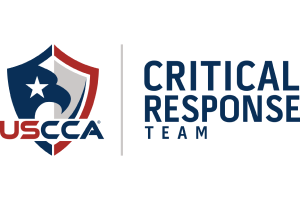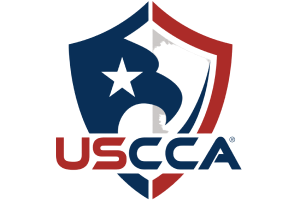Representation.
Visual Cues for DWI
Posted by Tilem & Associates, PC || 23-Nov-2016
If you have ever pulled over by the police on suspicion for DWI, you might wonder what actions you could have taken for them to suspect you were driving under the influence. Perhaps you actually were driving under the influence, and you were unaware of the actions you were taking while driving that might have signaled to local White Plains police that you were intoxicated.
According to a study conducted by the National Highway Traffic Safety Administration, police look for over 100 visual clues to spot drunk drivers on the road. The NHTSA broke down these visual cues into four basic categories.
- Judgement Problems
- Speed and Braking Problems
- Maintenance Problems
- Vigilance Problems
Judgement Problems
If a police officer flashes their lights for you to pull over while you’re on the freeway, most drivers look for an exit or another safe place to stop. When a drunk or otherwise impaired driver notices a police officer is attempting to pull them over, they are more likely to abruptly slam on the brakes and pull over as quickly as possible, regardless of if it is safe to do so or not. This is an example of a judgment problem.
The consumption of alcohol affects an individual’s ability to the make sound judgments. Police identify drunk drivers on the road when they seem them making judgment errors such as when they notice drivers following too closely, making an illegal turn, or taking a turn at an inappropriate speed.
Vigilance Problems
In addition to affecting your ability to make sound judgments, alcohol also inhibits the user’s ability to notice changes in their surroundings. For example, if the drunk driver is operating their car on surface streets, they may fail to notice the streetlight has changed to red and run right through the light.
Other visual clues police notice include failure to properly signal, stopping for no reason, slow response to traffic signals, and driving without headlights after the sun has gone down.
Speed and Braking Problems
Maintaining a constant speed and braking properly can be difficult for intoxicated drivers. Common traits police use to identify drunk drivers in in New York City and the surrounding areas include slow speed, varying speed, accelerating for no known reason, jerky braking and stopping.
Maintenance Problems
While driving on the highway, have you ever noticed a driver weaving between the two lines of their lane? You may have even seen a driver weaving in and out of their lane. If so, these are prime examples of maintenance problems. Maintaining proper lane position is the biggest giveaway White Plains police use to identify drunk drivers. Other examples of maintenance problems include swerving, turning with a wide radius, almost sideswiping other vehicles or objects on the edge of the road or drifting between the lane lines.
The bottom line is that trained New York police officers have a lot of tools at their disposal to identify drivers who may be impaired or intoxicated. Once pulled over, New York police officers have additional tools to determine if the driver is intoxicated or impaired.
If you were arrested for DWI, let our White Plains DWI lawyers help you ensure your rights are protected. Contact us today to schedule your free consultation.

















